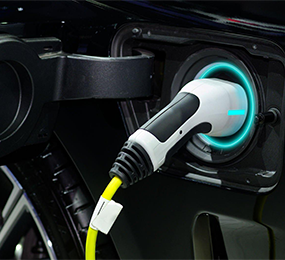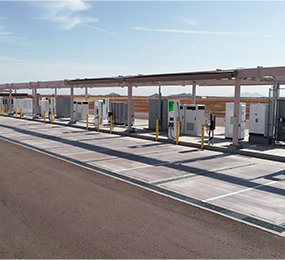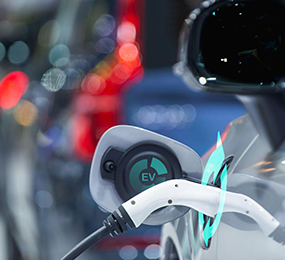Investment and Financing Models for Expanding EV Charging Networks
The expansion of electric vehicle (EV) charging networks is crucial for facilitating the widespread adoption of electric vehicles and driving the transition to a cleaner and more sustainable transportation system. However, the upfront costs associated with deploying EV charging infrastructure can pose a significant barrier to its expansion. To overcome this challenge, innovative investment and financing models have emerged, enabling the rapid growth of EV charging networks.
One such model is public-private partnerships (PPPs), where collaboration between government entities and private companies brings together the necessary expertise and resources. Governments provide incentives, grants, or subsidies to attract private investment in EV charging infrastructure. This model not only shares the financial burden but also leverages the expertise and efficiency of private companies in infrastructure development and operation.
Another financing model is revenue-sharing agreements, where charging network operators partner with businesses or property owners to install EV charging stations at their premises. In this arrangement, the revenue generated from the charging stations is shared between the network operator and the host site. This model incentivizes property owners to invest in charging infrastructure while ensuring a return on investment for the network operator.
Furthermore, innovative financing mechanisms, such as green bonds or impact investing, have gained traction in funding EV charging networks. Green bonds allow investors to support environmentally friendly projects, including the deployment of EV charging infrastructure. Impact investors, on the other hand, seek to generate positive social and environmental impacts while achieving financial returns, making them potential sources of capital for expanding EV charging networks.
Collaborations between utilities and charging network operators are also driving the growth of EV charging infrastructure. Utilities can leverage their existing grid infrastructure and customer base to invest in and deploy charging stations. By integrating EV charging into their operations, utilities can optimize the use of renewable energy sources, manage load demands, and provide additional value-added services to their customers.
In conclusion, investment and financing models play a crucial role in expanding EV charging networks. Through public-private partnerships, revenue-sharing agreements, innovative financing mechanisms, and collaborations with utilities, the financial barriers to deploying charging infrastructure can be overcome. These models not only attract private investment but also leverage existing resources, expertise, and incentives to accelerate the growth of EV charging networks. By adopting these innovative approaches, we can pave the way for a cleaner and more accessible electric vehicle ecosystem.
Visit our website to know more: https://www.leadventgrp.com/events/2nd-annual-ev-charging-infrastructure-forum/details
For more information and group participation, contact us: [email protected]
Leadvent Group - Industry Leading Events for Business Leaders!
www.leadventgrp.com| [email protected]
















